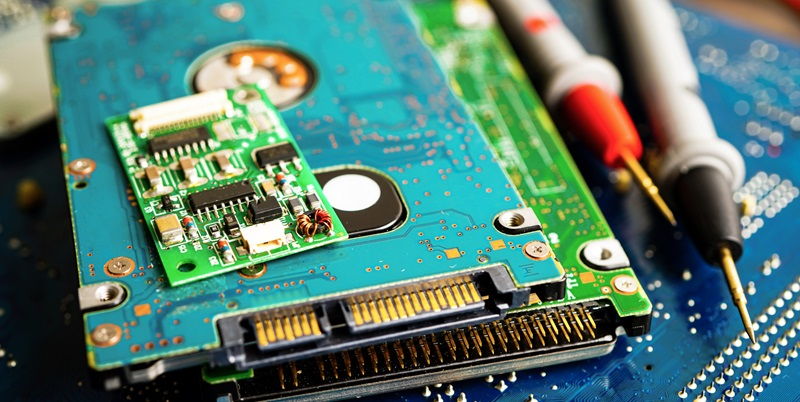In a significant development for the mobile memory market, JEDEC, the leading developer of standards for the microelectronics industry, has introduced a new standard for mobile memory modules called CAMM (Compact Advanced Memory Module). This standardization promises to revolutionize the industry by allowing for increased capacity, speed, and efficiency of mobile memory modules. With the ever-growing demand for higher performance and more storage in mobile devices, CAMM is poised to provide the much-needed headroom for future advancements.
Benefits of CAMM
CAMM brings a multitude of benefits to the mobile memory market. Firstly, it enables significant increases in both capacity and speed of modules. Mobile devices, such as smartphones and tablets, are constantly evolving, demanding more storage for apps, media, and other data-intensive tasks. CAMM addresses this need by allowing for larger memory capacities and faster read and write speeds, enhancing user experiences and enabling seamless multitasking.
Expansion of CAMM Production
Until now, Dell has been the primary producer of CAMM modules. However, with JEDEC’s introduction of the CAMM standard, other companies will have the opportunity to enter the market and develop CAMM modules for notebooks. This expansion of production will foster competition, leading to faster innovation, improved quality, and potentially lower prices for consumers.
CAMM2 Design Specifications
JEDEC has classified the CAMM standard into CAMM2, with specific design specifications for different types of modules. CAMM2 includes the design of regular DDR5 modules for mainstream notebooks and LPDDR5 modules for ultra-thin notebooks and servers. While these CAMM modules share the same connector, their pin-out intentionally differs to prevent compatibility issues and accidental misplacements.
Replacement of SO-DIMM
The primary goal of CAMM is to replace the long-standing SO-DIMM (Small Outline Dual In-Line Memory Module), which has been the standard for 25 years. As technology continues to advance, SO-DIMM was nearing its limits, particularly with the anticipated arrival of DDR5-6400. CAMM signifies a major leap forward, surpassing the constraints of SO-DIMM, and embracing the potential offered by newer memory technologies.
Higher Memory Speeds and Capacities
CAMM not only provides increased capacity but also advances memory speeds significantly. With CAMM modules, mobile devices can accommodate higher memory speeds, resulting in faster data transfer and improved overall performance. In fact, a single CAMM module can support a whopping 128GB of memory, catering to the most demanding applications and workloads.
Thinner design
Apart from performance improvements, CAMM also boasts a much thinner design compared to its predecessor, SO-DIMM. By utilizing a single board instead of two stacked on top of each other, CAMM modules achieve a 57% reduction in thickness, as confirmed by Dell. This thin form factor enables device manufacturers to design sleeker and lighter mobile devices without compromising on memory capacity.
Timeline for widespread adoption
With JEDEC’s recent publication of the CAMM standard, it is expected to take a few years before CAMM modules become commonplace from various vendors. The adoption of any new standard is influenced by factors like manufacturing capabilities, market demands, and industry collaborations. However, as CAMM presents a significant leap in mobile memory technology, its adoption is inevitable, leading to exciting possibilities for future devices.
Longevity of CAMM
JEDEC intends for CAMM to be compatible with DDR5 throughout its lifecycle, even as newer memory standards like DDR6 come into prominence. CAMM’s versatility and flexibility will ensure its continued relevance, providing seamless upgrades and supporting new memory technologies in the years to come. This long-term compatibility makes CAMM a future-proof investment for device manufacturers and consumers alike.
JEDEC’s introduction of CAMM as the new standard for mobile memory modules marks a pivotal moment in the mobile memory industry. With increased capacity, faster speeds, and a thinner design, CAMM paves the way for a new era of mobile devices and applications that demand higher performance and storage capabilities. As CAMM modules become widely available from various vendors, we can expect a wave of innovation and advancements, ultimately enhancing the overall user experience in the mobile technology landscape.

